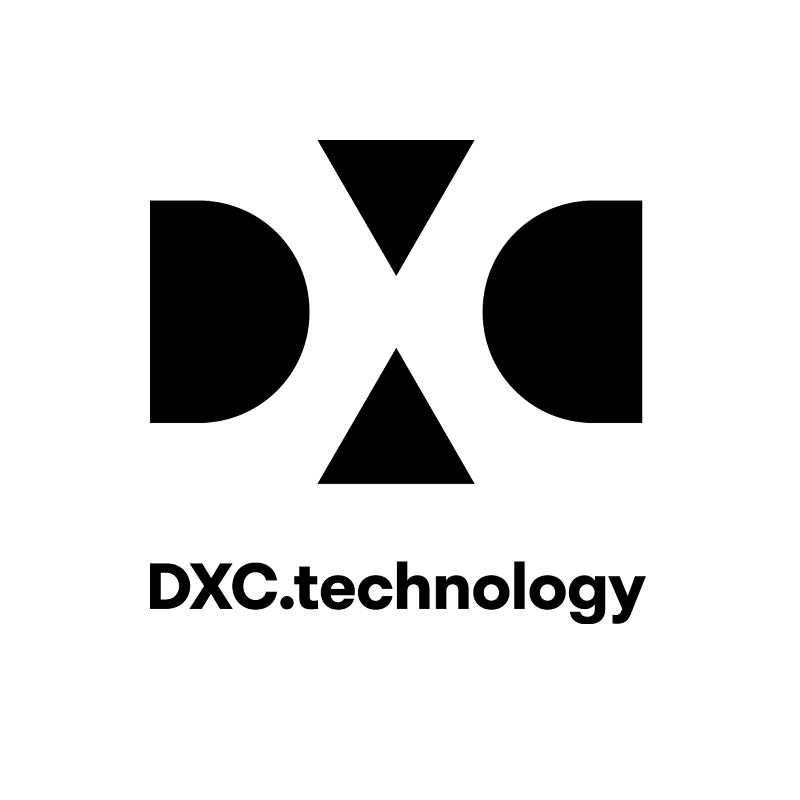
![]() While most manufacturers know they need to transform their business to remain competitive, most of these organisations are cautious by nature and are not racing to adopt new and emerging technologies that can deliver competitive advantage. Instead, they are looking for ways to tweak their business models with minimal risk, according to Eclipse, a DXC Technology Company.
While most manufacturers know they need to transform their business to remain competitive, most of these organisations are cautious by nature and are not racing to adopt new and emerging technologies that can deliver competitive advantage. Instead, they are looking for ways to tweak their business models with minimal risk, according to Eclipse, a DXC Technology Company.
The Australian manufacturing sector remains vulnerable to international market conditions, continuing competition from cheaper overseas manufacturers, and geopolitical factors.
Paul Timmins, Global Director Microsoft, DXC Eclipse, said, “It’s critical for manufacturing companies to protect their businesses against these external forces. The entire supply chain ecosystem must transform to deliver competitive advantage, which means manufacturers need to re-tool and re-skill, and digital transformation is the perfect way to do this.”
Key trends affecting the manufacturing industry
- Industry 4.0: It is now generally accepted that the manufacturing industry has reached the fourth industrial revolution, known as industry 4.0. According to the Australian Department of Industry, Innovation and Science, “industry 4.0 refers to the current trend of improved automation, machine-to-machine and human-to-machine communication, artificial intelligence, continued technological improvements and digitalisation in manufacturing.”* Manufacturers need to implement modern enterprise software to ensure they can adapt to this new reality.
- Internet of Things (IoT): IoT is having a major impact on manufacturers as they now have more visibility into their operations as well as their supply chain. At the same time, this brings several risks (i.e. security) and challenges (i.e. how do I use the data?). Manufacturers will benefit from the IoT in that sensors and other devices will enable further automation and efficiency gains. Being able to automatically monitor operations delivers cost savings. For example, a sensor that alerts other systems when the temperature in the factory reaches a certain level can help ensure the air conditioning is always optimised: not too hot and not too cold. That can result in energy savings while ensuring equipment doesn’t overheat. Beyond the factory, IoT technology can be included in the products themselves. This lets businesses diversify their offerings, such as building remote servicing capabilities into products.
- Agile manufacturing. Agile manufacturing is becoming popular as a way to gain a competitive advantage. The concept focuses on three key trends in customer behaviour: customers want things faster; they want choice and personalisation; and they can change their minds quickly. To address these challenges, manufacturers are looking to implement an agile approach, which gives them a competitive advantage. With adaptive production processes, equipment, tools, labour, and materials, agile manufacturing is designed to adapt and create new and custom products quickly, while controlling costs and quality.
- Business intelligence for greater visibility. Thanks to better data collection and cloud-enabled analytics platforms, manufacturers can get much greater visibility into their businesses and operations. The data sources available to manufacturers have become much more diverse and can range from RFID sensors and internet-enabled things to product data and customer/end-user data. The possibility of accessing such a large volume of data can be daunting. Businesses need the right tools and systems to be able to extract, store, analyse, manage, and protect their data. Simply collecting or even aggregating data isn’t enough. Businesses must identify the right big data strategy, from collection, aggregation, and storage to analysis, insight, and action, to help meet its unique requirements.
- B2B to B2B2C, or a customer-first approach? Excellent customer experience used to be something B2B companies didn’t really need to worry about too much. However, customer-centricity has become just as critical in B2B. Customers’ expectations have changed and manufacturers have to shift their approach to ensure they deliver an excellent customer experience. This is known as B2B to B2B2C. Most businesses today have taken control of their value chain to protect their brand and ensure they can meet consumer expectations. While manufacturing used to be insulated from the consumer market to some extent, the faster pace of business and increasing consumer expectations are affecting manufacturers directly. Companies need to reduce the time it takes to get products to market, without increasing costs. Consumers expect a fast turnaround but they aren’t willing to pay a premium. The entire supply chain ecosystem must therefore transform to meet these demands.
*https://industry.gov.au/industry/Industry-4-0/Pages/default.aspx




